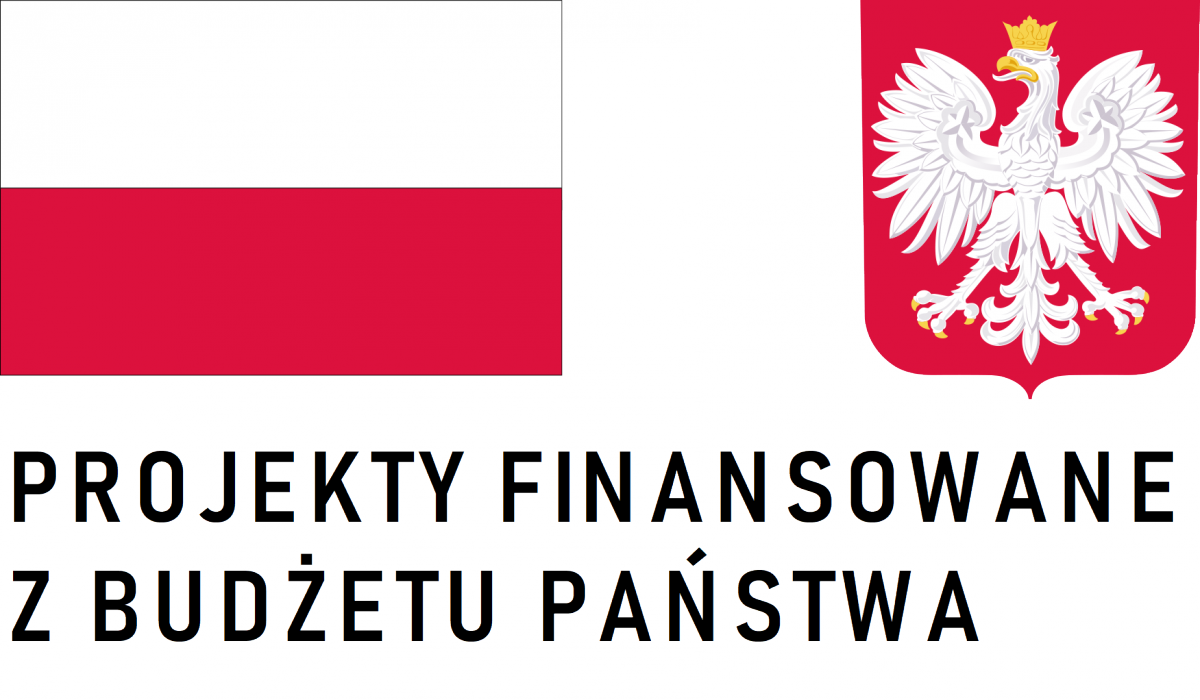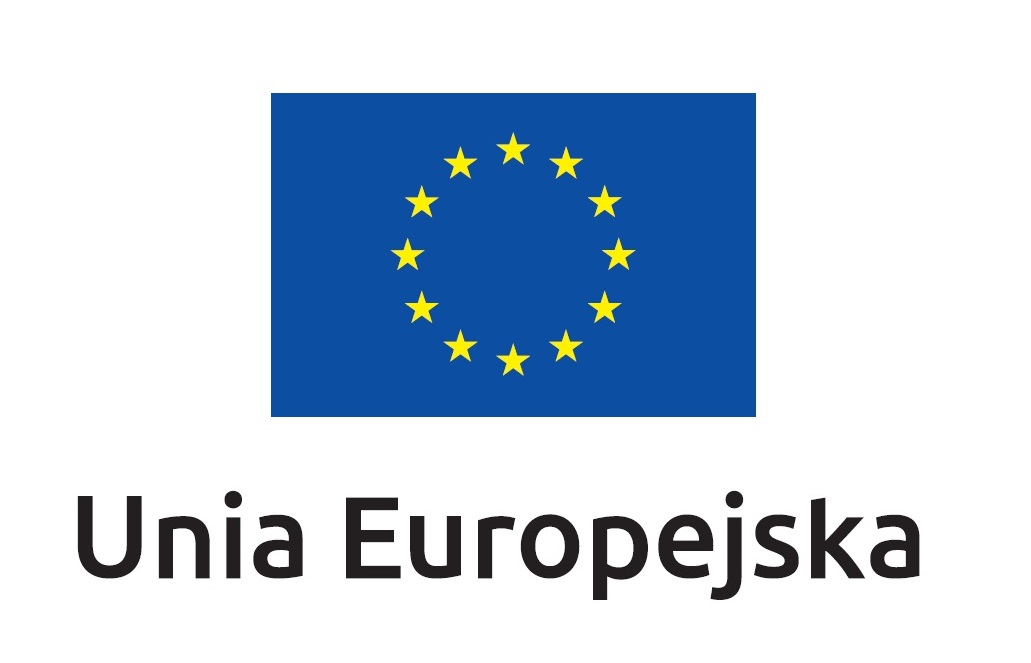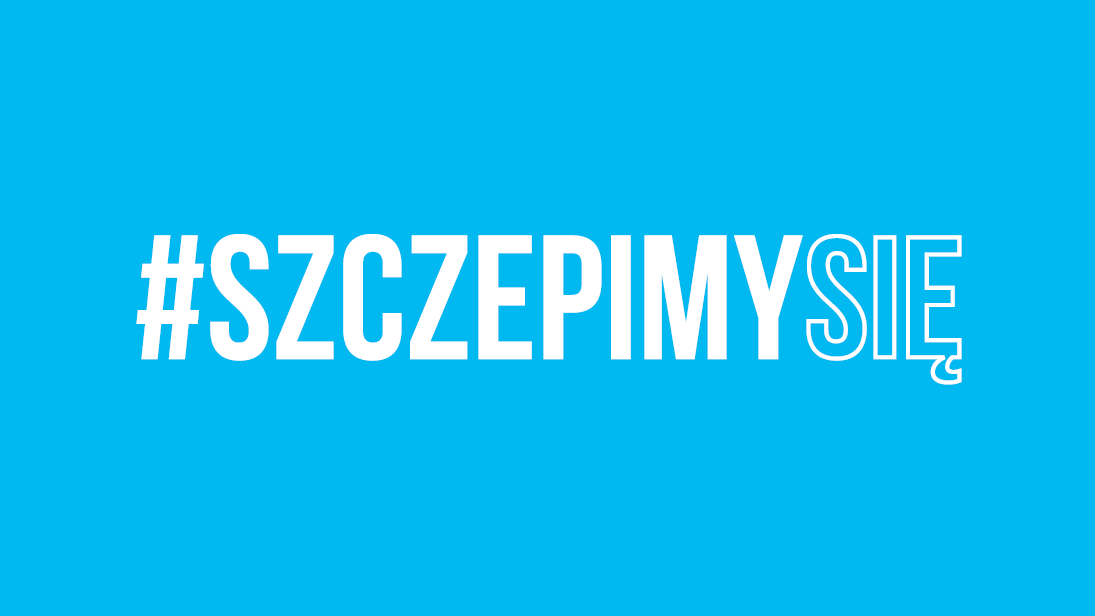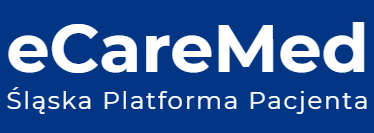You are here
Conference: Brain stereotaxy as an interdisciplinary treatment modality
Post date:
09/02/2015
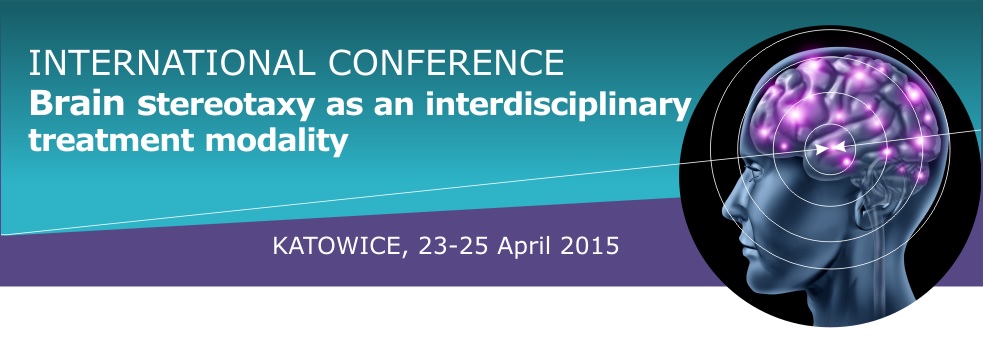
Invitation
Ladies and Gentlemen,
Brain stereotactic technique in treatment of patients with intracranial lesions has been an interdisciplinary one for many years. Now this approach dominates in most leading medical centres in Europe and all over the world.
Only a close cooperation of specialists in fields such as stereotactic and functional neurosurgery, neurooncology, neurology, stereotactic radiotherapy, otolaryngology, skull base surgery and also many other related disciplines, may provide our patients with the biggest possible benefits of our treatment, and all within the framework of our NHS.
As specialists from all the above mentioned fields of medicine engaged in treatment of patients with lesions of intracranial and adjacent regions, we should develop our Polish standards of treatment suitable to our local conditions, but based on the experience of the leading world centres. One should not ‘pry open doors’. It is good to learn from the others’ mistakes, but we are also, as MDs, obliged to learn from our own mistakes.
We are systematically achieving better and better results in treating our patients. Such successes of our efforts measured in considerable improvement of our patients’ health would not be possible without such interdisciplinary cooperation in the field of brain stereotactic in our country.
To achieve this we are organizing this conference which is to enable mutual exchange of ideas between doctors of related specialisations to better treat patients with the same conditions. That is why we address our invitation to those speakers both Polish and foreign, who have a lot of experience on the topics proposed.
On the first day of the conference, at 13.00 there will be a Board meeting of Polish Neurosurgical Society.
Similar to the conference which took place in Chorzów in June 2014, the organisers are planning to publish the speeches and conference reports as summaries and/or as full-size papers in a SUM magazine: Annales Academiae Medicae Silesiensis: CAS, Index Copernicus: 5,46, Polish Medical Bibliography, MNiSW: 4 (vide: Annales Academiae Medicae Silesiensis, Year/Vol/Nr: 2014/68/5, Year/Vol/Nr: 2014/68/5 supl. 1)
With my deepest respect I invite you to participate in our conference.
Stanisław Janusz Kwiek M.D. Ph.D
Adjunct professor at the Department of Neurosurgery, Medical University of Silesia in Katowice
Chairman of Stereotactic and Functional Neurosurgery Section of the Polish Neurosurgeons Society.
Brain stereotactic technique in treatment of patients with intracranial lesions has been an interdisciplinary one for many years. Now this approach dominates in most leading medical centres in Europe and all over the world.
Only a close cooperation of specialists in fields such as stereotactic and functional neurosurgery, neurooncology, neurology, stereotactic radiotherapy, otolaryngology, skull base surgery and also many other related disciplines, may provide our patients with the biggest possible benefits of our treatment, and all within the framework of our NHS.
As specialists from all the above mentioned fields of medicine engaged in treatment of patients with lesions of intracranial and adjacent regions, we should develop our Polish standards of treatment suitable to our local conditions, but based on the experience of the leading world centres. One should not ‘pry open doors’. It is good to learn from the others’ mistakes, but we are also, as MDs, obliged to learn from our own mistakes.
We are systematically achieving better and better results in treating our patients. Such successes of our efforts measured in considerable improvement of our patients’ health would not be possible without such interdisciplinary cooperation in the field of brain stereotactic in our country.
To achieve this we are organizing this conference which is to enable mutual exchange of ideas between doctors of related specialisations to better treat patients with the same conditions. That is why we address our invitation to those speakers both Polish and foreign, who have a lot of experience on the topics proposed.
On the first day of the conference, at 13.00 there will be a Board meeting of Polish Neurosurgical Society.
Similar to the conference which took place in Chorzów in June 2014, the organisers are planning to publish the speeches and conference reports as summaries and/or as full-size papers in a SUM magazine: Annales Academiae Medicae Silesiensis: CAS, Index Copernicus: 5,46, Polish Medical Bibliography, MNiSW: 4 (vide: Annales Academiae Medicae Silesiensis, Year/Vol/Nr: 2014/68/5, Year/Vol/Nr: 2014/68/5 supl. 1)
With my deepest respect I invite you to participate in our conference.
Stanisław Janusz Kwiek M.D. Ph.D
Adjunct professor at the Department of Neurosurgery, Medical University of Silesia in Katowice
Chairman of Stereotactic and Functional Neurosurgery Section of the Polish Neurosurgeons Society.
Ladies and Gentlemen,
The idea underlying the creation of Neurooncological Section at the Polish Neurosurgeons Society was a need to integrate members of different fields of medicine engaged in helping patients with tumours of nervous system. I therefore greeted with real joy the news of an interdisciplinary conference on stereotactic technique in diagnostics and treatment of central nervous system diseases. I do believe that with your help it will be possible to achieve this ambitious goal, which is to develop the highest standards possible in treatment of patients with various conditions of nervous system, where stereotactic technique plays a crucial role.
Radosław Rola M.D. Ph.D
Adjunct Professor at the Department and Research Hospital of Neurosurgery and Children’s Neurosurgery of the Medical University in Lublin
Chairman of the neurooncology Section of Polish Neurosurgeons Society.
Dear Colleagues,
Stereotactic radiosurgery is one of most dynamically developing techniques in radiotherapy. Its history begins with gamma knife developed by Lars Leksell and used initially for functional radiosurgery and later also for treatment of arteriovenous malformations and intracranial tumors. Since that time the radiosurgical armamentarium has become more diverse and sophisticated. Currently linear accelerators with multileaf collimators capable of dynamic modulation of the beam are widely available, moreover, linear accelerators with flattening filter-free beams enabling rapid delivery of the planned dose are gaining popularity. Also robotic radiosurgery used for both intra- and extracranial radiosurgery is becoming widely used. Increasing availability of various radiosurgical techniques and better understanding of the processes taking place in the tissues subject to large doses of ionizing radiation necessitate regular verification of treatment regimens and therapeutic recommendations used in clinical practice.
This Conference is an ideal place to share the experiences and exchange views on the development and role of stereotactic radiosurgery.
Sławomir Blamek M.D Ph.D
Assistant Professor
Department of Radiotherapy, Maria Skłodowska-Curie Memorial Cancer Center and Institute of Oncology, Gliwice Branch
Dear Colleagues,
In the last decade we have witnessed significant progress in diagnosing conditions of central nervous system. We have access to new methods of treatment. They are still however, only medical devices which help us make decisions. The decision we, doctors must take and it has to be the right one, based on undisputable basis not on assumptions only. In order to treat out patient in the right way, we must know very well what we are trying to treat. But diagnosis is not all. The essence of the healing process is a right therapeutic scheme. All this requires interdisciplinary cooperation of many fields of medicine. The intention of the organisers we would like to invite you to, is to share your experiences in an attempt to develop common, uniform diagnostic methods and treatment schemes.
Jacek Furtak M.D.
Head Doctor at Neurosurgery Department at the 10th Military Research Hospital in Bydgoszcz.








 Polski
Polski